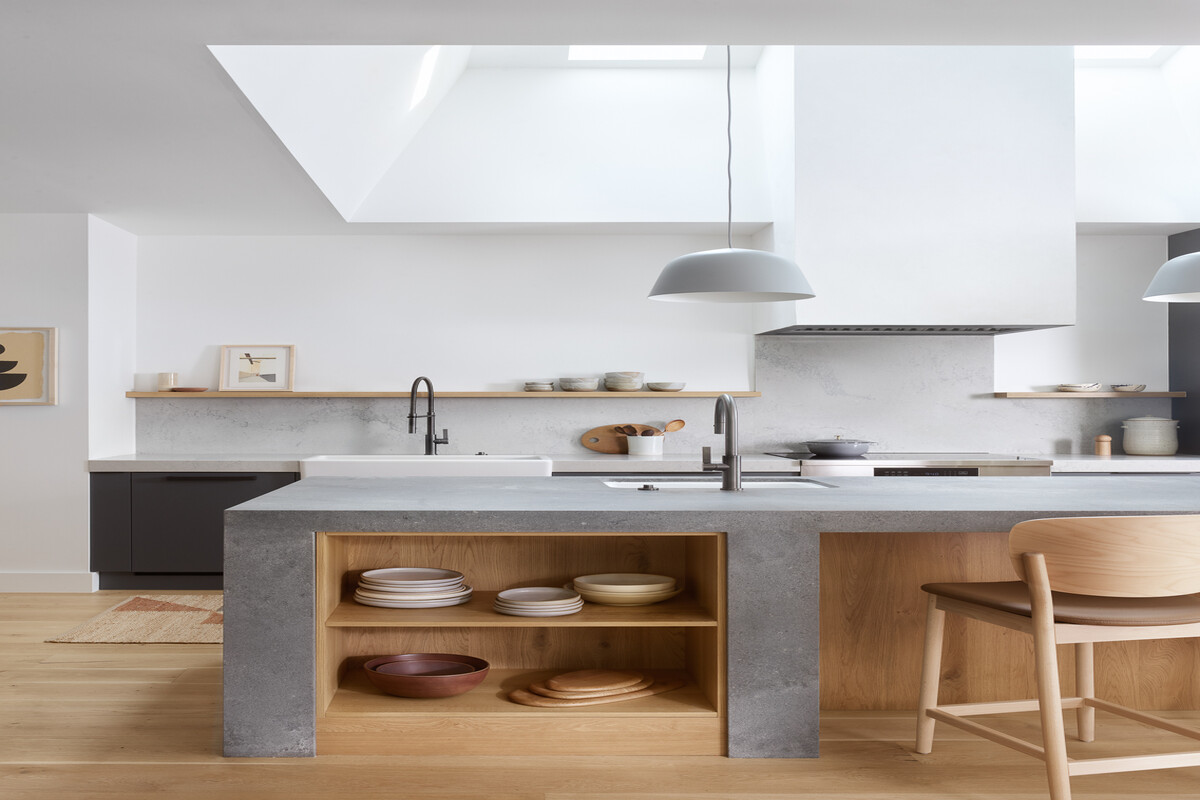
In fashion, ‘Quiet Luxury’ emphasizes minimalist, supreme-quality pieces with timeless appeal. The trend also champions sustainability by advocating for buying apparel that’s versatile and not limited to a season (i.e., fewer clothes = less waste). Over the last decade or more, these considerations have steadily permeated every aspect of our physical lives. We buy organic, we drive electric, and maybe we even compost. This commitment to quality and sustainability has also manifested in home design, exemplified by the ‘Passive House’ movement, which includes detailing information about the health and makeup of materials that go into a home and how they impact the home’s performance and the occupants’ own health. “Most people still don’t know there is a far superior way to build,” states Trey Farmer, Partner, Principal and Chief Sustainability Officer at Forge Craft Architecture + Design.
Passive Houses converge with design elements from the ‘Quiet Luxury’ model in a harmonious alliance of refined aesthetics and sustainable living. While Quiet Luxury, as envisioned by Cathy Cherry, founder and principal of Purple Cherry Architects, seeks a calming ambiance through cohesive design elements and neutral tones, Passive Houses prioritize ultra-high performance, health, and environmental resilience. Both philosophies are committed to simplicity, elevating the living experience through thoughtful design.
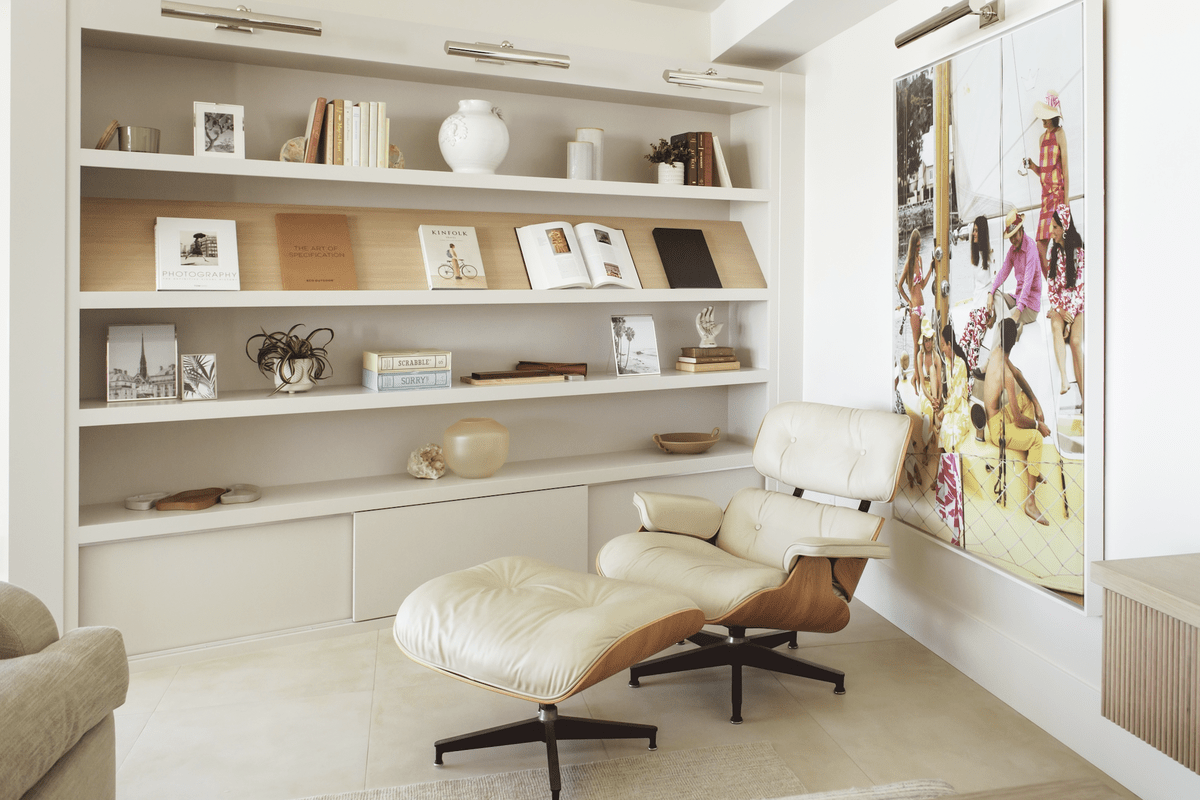
A Passive House is an internationally recognized building standard that creates ultra-high performing, healthy, comfortable environments. Not only do these structures use dramatically less energy and reduce carbon emissions, but they’re also more resilient than a traditional home. This movement is gaining traction as both the design community and consumers become savvier and more informed about the impact of the way we build on our own health and well-being as well as that of our environment.
Unlike many conventional luxury homes primarily focusing on appearances, a Passive House offers a distinct experience the moment you step inside. It’s not just about how it looks; it’s about how it feels. “Entering a Passive House feels akin to shutting the door of a luxury car. There is a sense of quality felt in the materials, weight, and the air seal that shuts out all the external noise, weather, and smell. The air quality is another feature you have to feel to understand. Fresh, pre-conditioned, and filtered air is not just a luxury; it’s a fundamental aspect that positively impacts your family’s health and well-being,” says Farmer.
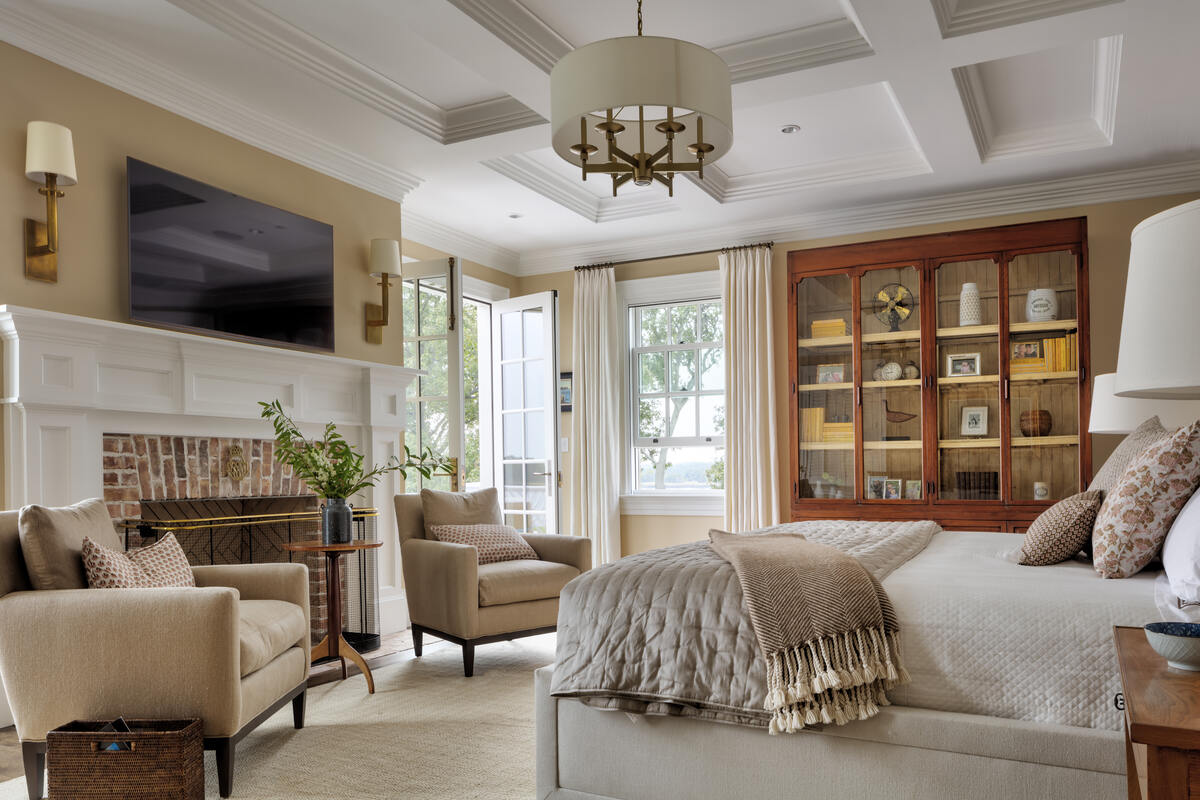
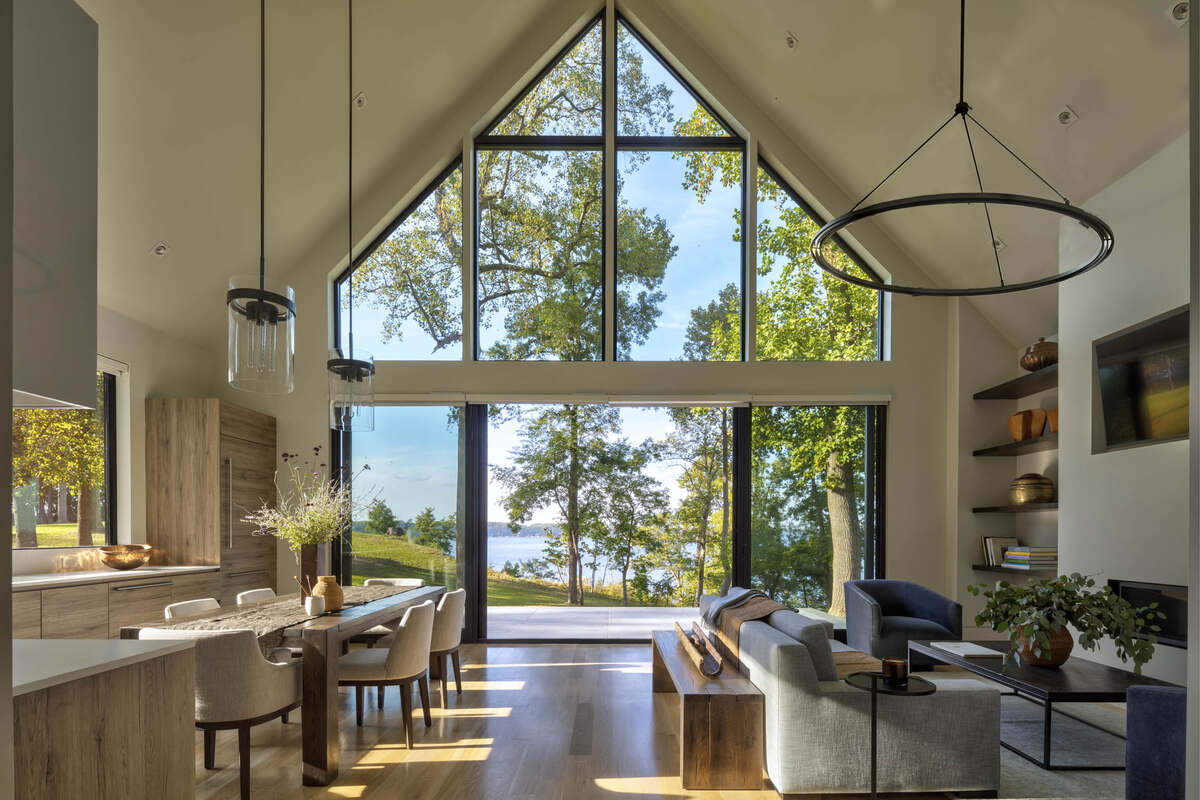
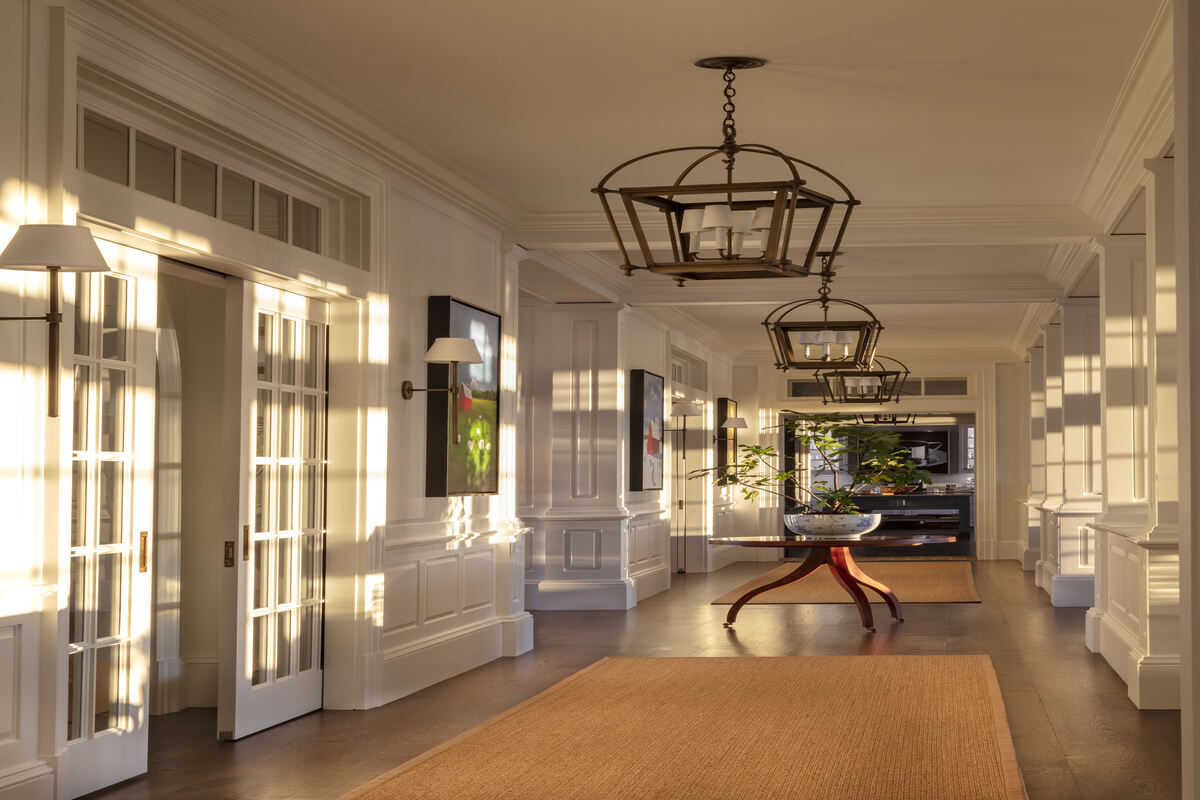
Beyond quality, we think about durability in terms of passive survivability — how can we create places that are built to maintain livable conditions longer during and after extreme events or emergencies? “Passive Houses offer ultimate control, especially during extreme events. In a simulated power outage during a cold snap, indoor temperatures in homes built before 1950 drop below 40 degrees Fahrenheit within eight hours. A 2009 code-compliant building dropped to below 40 degrees after 45 hours. Homes with Passive House standard building envelopes and net-zero energy buildings maintained safe indoor temperatures for over six days before indoor temperatures fell below 40°F,” says Farmer. “Their airtight design is also great during events like wildfires. The airtightness prevents embers from entering, reducing the risk of fires. They maintain indoor air quality and keep you safe in poor outdoor air conditions. They are also designed to easily allow you to produce energy long-term so that you can function off-grid indefinitely. This long-term solution ensures your family’s health and safety in many different terrains. Those same benefits can apply in urban environments. Passive Houses block out pollution, pollen, road dust, and noise, providing better indoor air quality and improved sleep.”
It’s also important to think about durability in terms of legacy. A lot of times, Forge Craft Architecture + Design works with owners who are hoping to create legacy homes that will be in their families for generations. This is about creating a level of quality and maintainability that they can trust long-term. They know that a home designed to Passive House standards is the ultimate in quality and longevity.
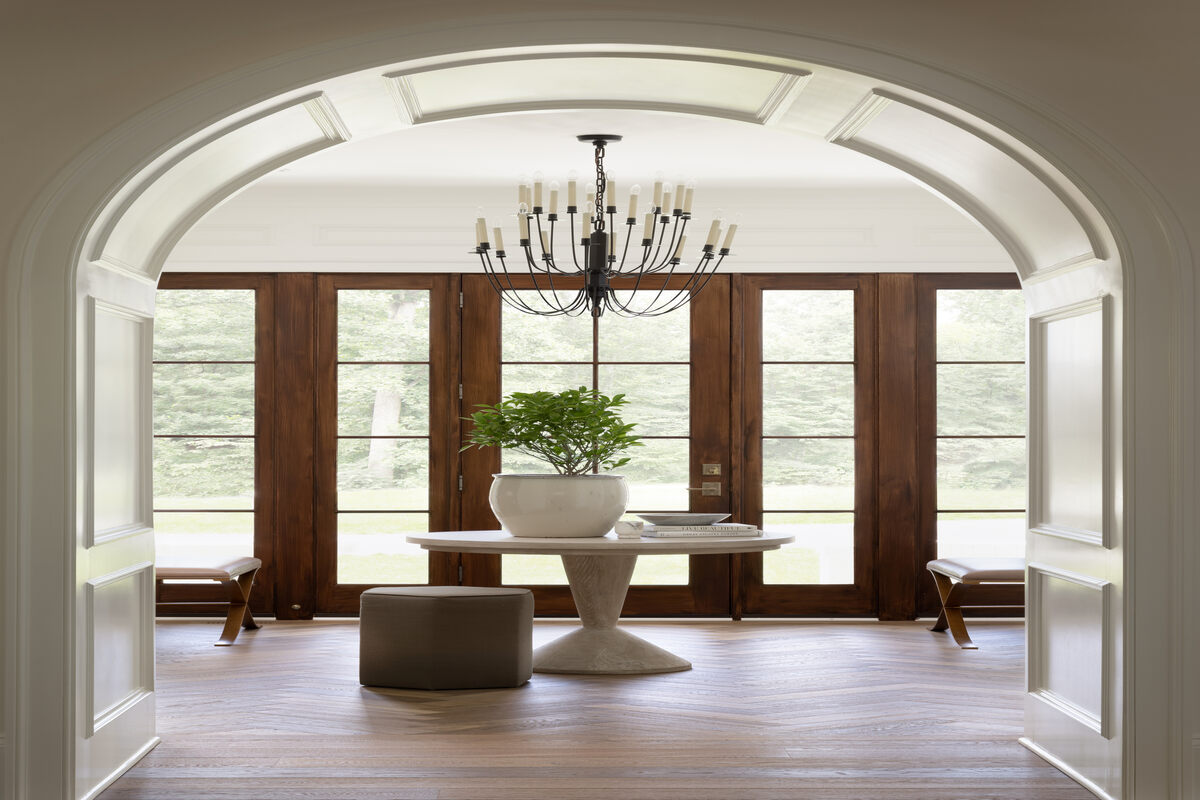
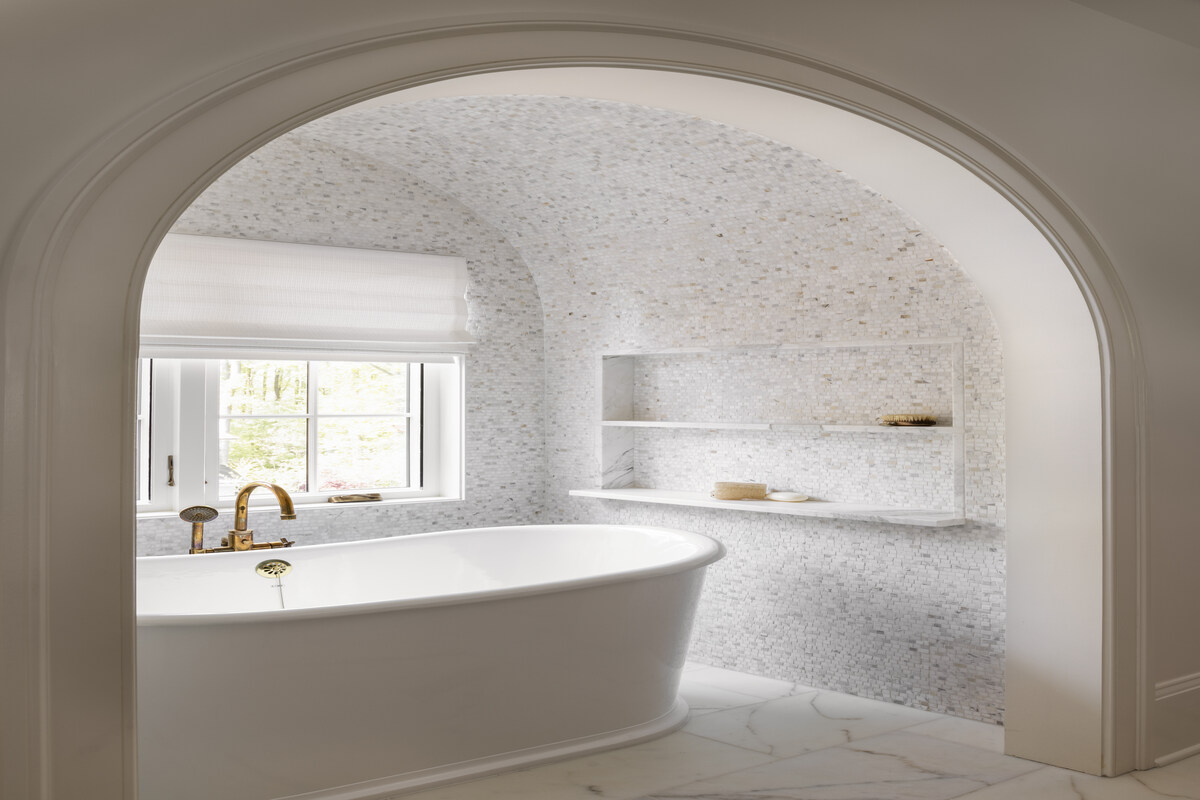
PKA Architecture weighs in, “Some Passive Houses (especially in arid climates) use a mix of concrete walls and roofs as a thermal mass to actually condition the interiors. These have great durability as the structure, insulation, and finish are all usually one system. This has been used successfully in the southwest United States for centuries. More generally, modern techniques focus on a quality of construction that uses materials of a higher quality than standard. This always allows for more durability in the long term. But what is important is a contextual understanding of the surroundings because an investment in architecture is something that should last 100 years or more.”
The integration of natural lighting also plays a huge role in the Passive House. “Passive homes prioritize large windows and skylights to ensure ample natural light enters the space, enhancing the overall aesthetic and creating a bright, welcoming atmosphere. This feature adds a touch of luxury and promotes a sense of well-being and connection to the outdoors. At Savvy Interiors, we understand the importance of harnessing natural light to create truly stunning and harmonious living spaces,” explains Wintersteen. “We also incorporate rich textures and patterns throughout the design. From plush area rugs to intricately textured wallpapers, these elements add depth, visual interest, and a sense of luxury to the overall aesthetic and to counterbalance the minimalistic nature of energy-efficient homes.”
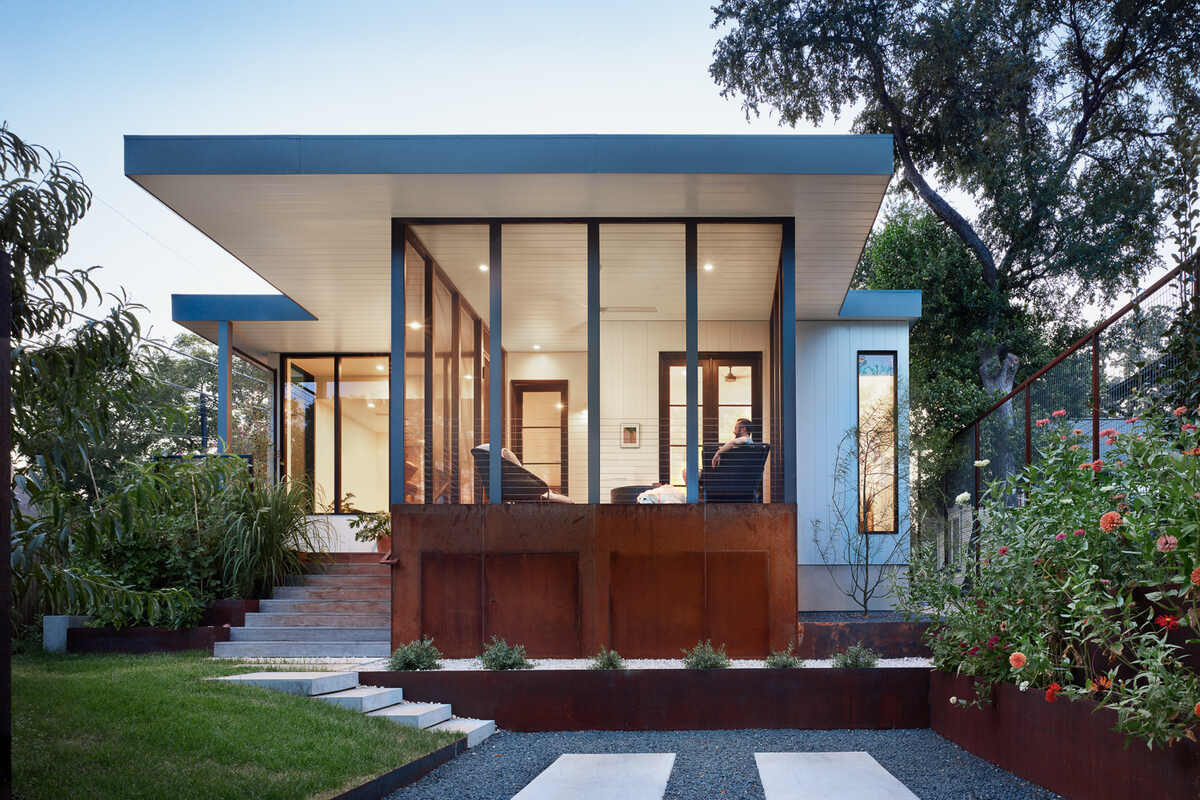
Looking ahead, Farmer anticipates continuing to see this combination of extraordinarily advanced building science along with a return to evermore natural materials and conditions that enhance human health. PKA Architecture believes that tracking the embodied energy of materials will increase, and more manufacturers will publish more data about this. People are now concerned not only about the aesthetics of a material but also about how manufacturing, sourcing, and transportation affect the environment. “We live in a world of data, and people want to use that data to make informed decisions, even if it is about something that is primarily driven by aesthetics.”
As we delve into the world of Passive Building through the lens of experts, it becomes more evident that the concept of self-sufficiency is being redefined, with people looking for a living experience that goes beyond mere independence and truly empowers homeowners to take control of their environment.

